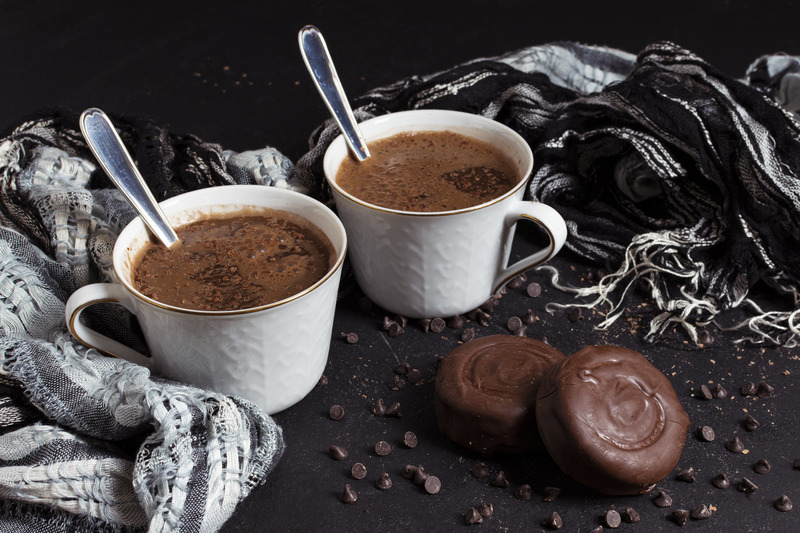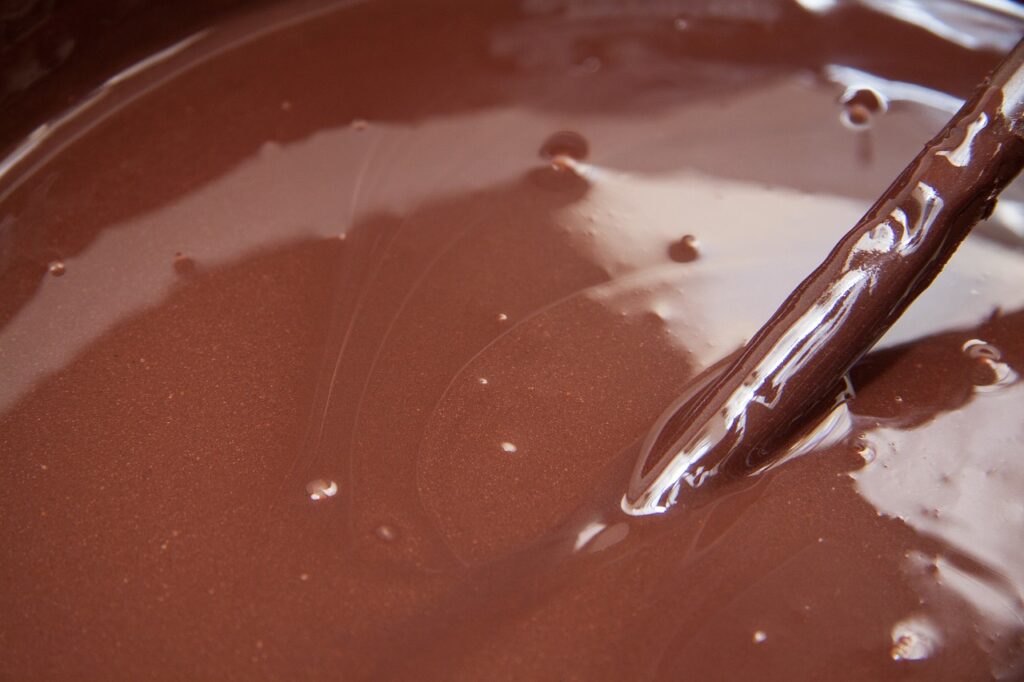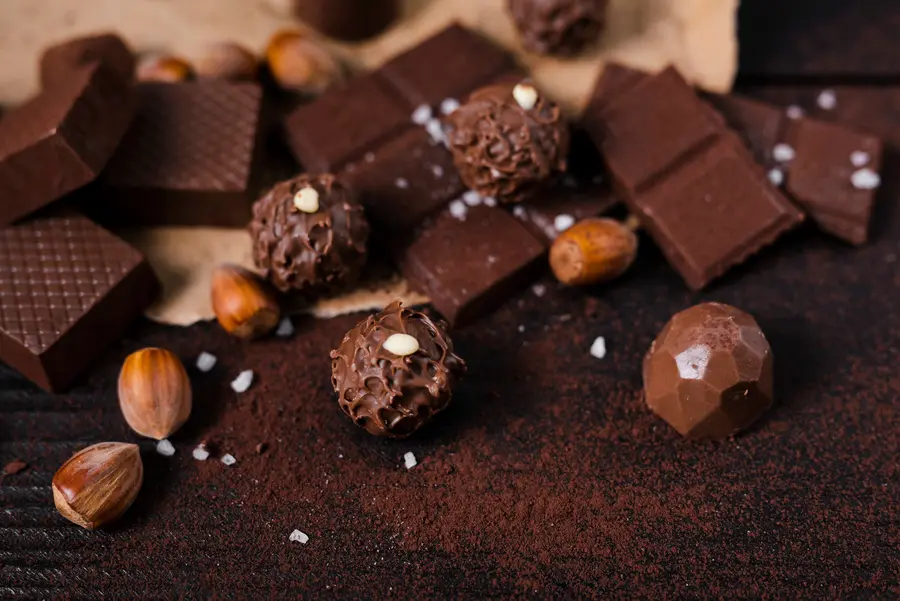Chocolat instantly evokes indulgence and pleasure, but it represents much more than just a sweet treat. Spanning thousands of years, from ancient Mesoamerican civilizations to modern gourmet kitchens, chocolat has evolved in cultural significance, usage, and form. This article explores the origins, historical significance, active components, ethnobotanical uses, and culinary applications of chocolat, providing a comprehensive understanding of this beloved substance.
The Origins of Chocolat
The Ancient Beginnings
Mesoamerican Roots
- Olmec Civilization: The Olmec civilization (circa 1500-400 BC) in present-day Mexico pioneered the use of cacao. They cultivated the cacao plant and created a bitter drink called “xocolātl,” often enhanced with chili, vanilla, or annatto.
- Mayan Influence: The Mayans, who followed the Olmecs, held cacao as sacred. It played a crucial role in religious ceremonies, served as currency, and was consumed by the elite. The Mayans believed that cacao was a divine gift, and the word “chocolat” comes from their language.
- Aztec Adoption: The Aztecs also placed great value on cacao, using it similarly to the Mayans. However, they uniquely recognized cacao as an aphrodisiac and energy booster, believing that drinking cacao would impart wisdom and strength.
Introduction to Europe
- The Spanish Conquest: After the Spanish conquest of the Aztec Empire in the 16th century, Hernán Cortés brought cacao beans to Spain. The Spanish court quickly embraced it, and cacao became a favorite treat.
- European Adaptation: Unlike the bitter Mesoamerican versions, Europeans sweetened cacao with sugar, honey, and spices like cinnamon, transforming it into the chocolate we know today. By the 17th century, chocolate had spread across Europe, becoming a luxury item for the nobility.
Historical Significance of Chocolat
Cultural and Social Impacts
The Spread of Chocolate Houses
- 17th Century Europe: By the 1600s, chocolate houses had appeared in cities like London, Paris, and Vienna. These establishments became social hubs where the elite gathered to enjoy the exotic drink, discuss politics, and engage in intellectual discourse.
- Economic Influence: The rising demand for cacao led European powers to expand their colonies into regions suitable for cacao cultivation, such as the Caribbean and parts of Africa. Sadly, this demand also fueled the transatlantic slave trade, as enslaved people were forced to work on cacao plantations.
Chocolate in Rituals and Traditions
Religious Symbolism
- Catholic Church: In Europe, some individuals consumed chocolate as a substitute for alcohol during religious fasting, as it was not initially considered food. This practice led to debates within the Catholic Church regarding its permissibility during Lent.
- Mesoamerican Rituals: In its original Mesoamerican context, cacao played a role in rituals honoring gods and served as a sacrificial offering. The beans held such value that people even used them as currency.
Active Components of Chocolat
The Chemistry Behind the Pleasure
Theobromine and Caffeine

- Theobromine: Theobromine, a key alkaloid in cacao, acts as a stimulant similar to caffeine but with milder effects. It gives raw cacao its characteristic bitter taste and promotes alertness and energy.
- Caffeine: Although present in smaller amounts than in coffee, caffeine in chocolate enhances its stimulating properties, boosting mood and reducing fatigue.
Phenylethylamine (PEA) and Serotonin
- PEA: Often called the “love drug,” phenylethylamine triggers the release of endorphins and other mood-enhancing chemicals in the brain. It relates to feelings of pleasure and well-being.
- Serotonin: Consuming chocolate can also increase serotonin levels, a neurotransmitter that regulates mood and is often linked to happiness and satisfaction.
Antioxidants and Health Benefits
Flavonoids
- Antioxidant Properties: Cacao contains rich amounts of flavonoids, particularly epicatechin, known for their potent antioxidant properties. These compounds help protect the body from oxidative stress, reducing the risk of chronic diseases like heart disease and cancer.
- Cardiovascular Health: Regular consumption of dark chocolate, which has a higher concentration of cacao, is linked to improved cardiovascular health. The benefits include lower blood pressure, better blood flow, and a reduced risk of heart attacks.
Ethnobotanical Uses of Chocolat
Traditional Medicinal Uses
Mesoamerican Healing Practices
- Cacao as Medicine: In ancient Mesoamerica, cacao served as a medicinal remedy for ailments ranging from digestive issues to infections. Healers often combined it with other herbs and ingredients to enhance its healing effects.
- Therapeutic Rituals: Cacao played a role in various rituals aimed at physical and spiritual healing. People drank the bitter beverage to cleanse their bodies and spirits, often in conjunction with other ceremonial practices.
European Adaptations
- Health Tonic: In Europe, chocolate initially emerged as a health tonic. Physicians of the 17th and 18th centuries prescribed chocolate to treat a variety of ailments, including anemia, poor digestion, and even tuberculosis.
- Aphrodisiac: Chocolate’s reputation as an aphrodisiac persisted in Europe, where people believed it could stimulate desire and improve sexual function.
Modern Ethnobotanical Applications
Cacao in Alternative Medicine
- Holistic Health: Today, cacao finds use in holistic health practices, particularly in cacao ceremonies. These spiritual gatherings use raw cacao for meditation, emotional release, and community bonding.
- Nutritional Supplements: Cacao also serves as an ingredient in modern nutritional supplements, valued for its high antioxidant content and ability to boost mood and cognitive function.

Culinary Uses of Chocolat
From Bean to Bar: The Chocolate-Making Process
Harvesting and Fermentation
- Cacao Cultivation: Farmers primarily grow cacao trees in tropical regions near the equator, with West Africa, South America, and Southeast Asia being major producers. They harvest cacao pods by hand and extract the beans for processing.
- Fermentation: The beans then undergo a fermentation process, where they are placed in wooden boxes and covered with banana leaves. This process, lasting several days, allows the beans to develop their characteristic flavor profile.
Roasting and Grinding
- Roasting: After fermentation, the beans are roasted to further enhance their flavor. The roasting process varies depending on the desired flavor and intensity of the final product.
- Grinding: The roasted beans are then ground into a paste known as cocoa mass or cocoa liquor, which forms the basis for all chocolate products. This paste can be further processed to separate cocoa butter from cocoa solids.
Chocolate Production
- Conching and Tempering: Chocolate makers refine the cocoa mass through conching, a process that smooths the texture and enhances the flavor. Next, they temper the mass, a controlled cooling process that gives chocolate its glossy finish and snap when broken.
- Types of Chocolate: Different types of chocolate, including dark, milk, and white chocolate, result from adjusting the ratio of cocoa solids to cocoa butter and adding ingredients like sugar, milk, or vanilla.
Chocolate in Global Cuisines
Traditional Dishes and Desserts
- Mole Poblano (Mexico): Mole Poblano is a rich, savory sauce made with chocolate, chili peppers, and spices, often served over chicken or turkey. Mole remains a staple in Mexican cuisine, particularly during festive occasions.
- Sacher Torte (Austria): The famous Viennese dessert, Sacher Torte, is a dense chocolate cake with a layer of apricot jam, coated in dark chocolate glaze. Traditionally, people serve it with a dollop of unsweetened whipped cream.
Modern Culinary Innovations
- Gourmet Chocolate Creations: Today, chefs around the world use chocolate in innovative ways. From chocolate-infused savory dishes to experimental desserts that play with textures and flavors, chocolate continues to inspire culinary creativity.
- Artisanal Chocolate: The rise of artisanal chocolate makers has led to a renewed focus on the quality and origin of cacao beans. These small-batch producers often emphasize ethical sourcing and unique flavor profiles, offering a more personalized chocolate experience.
Pairing Chocolate with Food and Drink
Wine and Chocolate
- Red Wine Pairings: Dark chocolate pairs particularly well with full-bodied red wines, such as Cabernet Sauvignon or Zinfandel, which complement the bitterness and complexity of the chocolate.
- Port and Dessert Wines: Sweet dessert wines, like Port or Sherry, pair ideally with sweeter chocolates, enhancing the richness and sweetness of the flavors.
Chocolate in Savory Dishes
- Chocolate in Sauces: Beyond desserts, chocolate can enrich savory dishes by adding depth and richness. For example, a touch of dark chocolate can elevate a chili con carne or enhance a barbecue sauce.
- Spice and Chocolate: The combination of chocolate with spices like chili, cinnamon, and cardamom is a hallmark of many traditional dishes, adding warmth and complexity.

Chocolate Desserts And Drinks Around The World
| Chocolate Dessert/Drink | Origin Country/Region |
|---|---|
| Chocolate Lava Cake | United States/France |
| Mousse au Chocolat | France |
| Hot Chocolate | Mexico |
| Sachertorte | Austria |
| Brownies | United States |
| Chocolate Truffles | Belgium |
| Chocolate Soufflé | France |
| Churros with Chocolate | Spain |
| Chocolate Fondue | Switzerland |
| Swiss Chocolate Milk | Switzerland |

